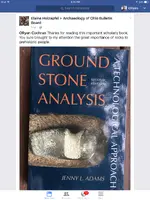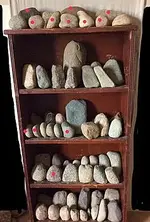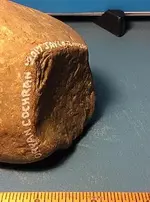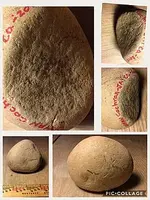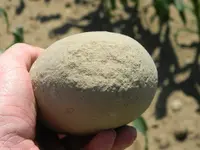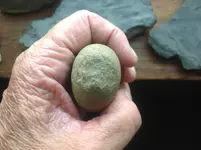I have an account at academia.edu, but I require a paid premium account to download the PDF of this book. I assume it deals with the actual ground stone tools, and do not know how much it covers the actual hammerstones, pecking stones, abrading stones, whetstones, etc., that were used to make an axe, or a celt, or a gouge, etc., etc., etc. I think the doubts people had were expressed throughout this thread and had to do with distinguishing human usage wear on a rock and abrasion wear produced by natural means. There are a number of artifacts classified as abrading stones, including whetstones(which themselves are often pecked and ground into shape, and often perforated for suspension), abrading stones, shaft abraders, sinewstones(definitely used as part of a knapping kit), and Rubbing Stones. As well, End Picks were flaked tools used for creating soapstone artifacts, as well as for pecking. I believe what you needed to do was demonstrate how those stones you felt were crude abrading tools were in fact used for that purpose. If you in fact developed a method, either on your own, or in learning from books such as this one, that allows one to distinguish, I believe a much more detailed description with better photos was needed. I also don't expect such a thing can be expected to be easily achieved in the format/venue of a forum thread. It is best attempted in person, or perhaps a detailed video presentation.





